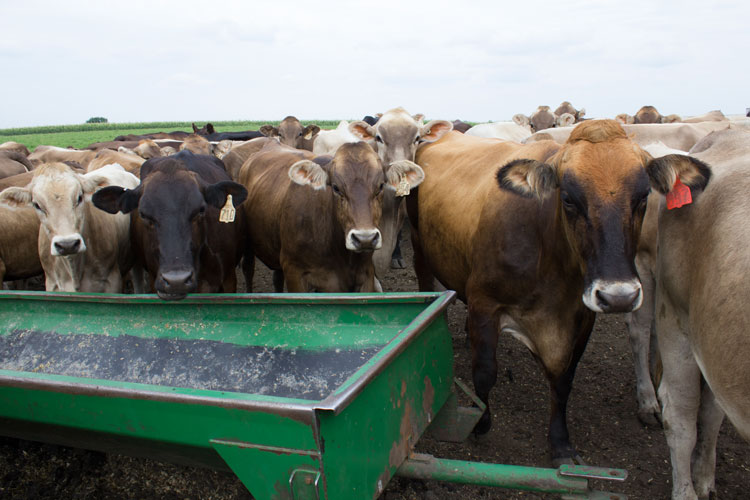
Those interested in learning more about crossbreeding had the opportunity to listen to Wes Bluhm, ABS Crossbreeding Manager at ABS Global, at the World Ag Expo.
While there’s an inbreeding upswing in North America among the purebred breeds, inbreeding can be successfully managed with mating programs. Even so, some dairy producers have an interest in crossbreeding because of the negative impacts of inbreeding, including reduced milk, fat, and protein production, higher somatic cell counts, and greater incidences of dystocia or difficult calvings and stillbirths.
To counteract this trend, crossbreeding provides:
- Calving ease — lower birth weights
- Improved components — elevated fat and protein levels
- Fertility and health — Crossbreeding can improve herd fertility.
- Inbreeding coefficient — Using purebred sires to cross on your herd will lower inbreeding
- Fits your system — Older facilities may have been designed for small-framed cows of generations ago. If crossbreeding, your older facilities might accommodate these moderate-sized cows.
- “The invisible cow” — The cow that you don’t notice – she’s trouble–free.
Some expect milk production to suffer when other breeds are introduced to purebred bloodlines. Heterosis and hybrid vigor can translate into some crossbreds milking 120 pounds per day. However, that production level represents the high-end of the spectrum.
A three-way rotation could include a Holstein bred to Jersey, and the resulting offspring mated to a Norwegian Red. To be successful, each breed needs to bring value to the matings.
Two-way crosses have less variation in the outcome than a three-breed rotation. It also avoids finding a third breed to incorporate. And with fewer crosses, it’s easier to improve traits. With just two breeds involved, there will be more uniformity among cows. The disadvantage is a lower heterosis pedigree for inbreeding because the crossbred result is then bred back to one of the original breeds.
Two-way and three-way crosses can both be successful. However, using a bull that is crossbred will not give you the same desired hybrid vigor as crossing with a purebred bull. Choose sires that are the top in their breed. Using an average bull (even if he is an outcross) in your breeding program is not a wise choice. Use the best purebred bulls with the desirable traits you want to improve your herd.
The author is the online media manager and is responsible for the website, webinars, and social media. A graduate of Modesto Junior College and Fresno State, she was raised on a California dairy and frequently blogs on youth programs and consumer issues.








